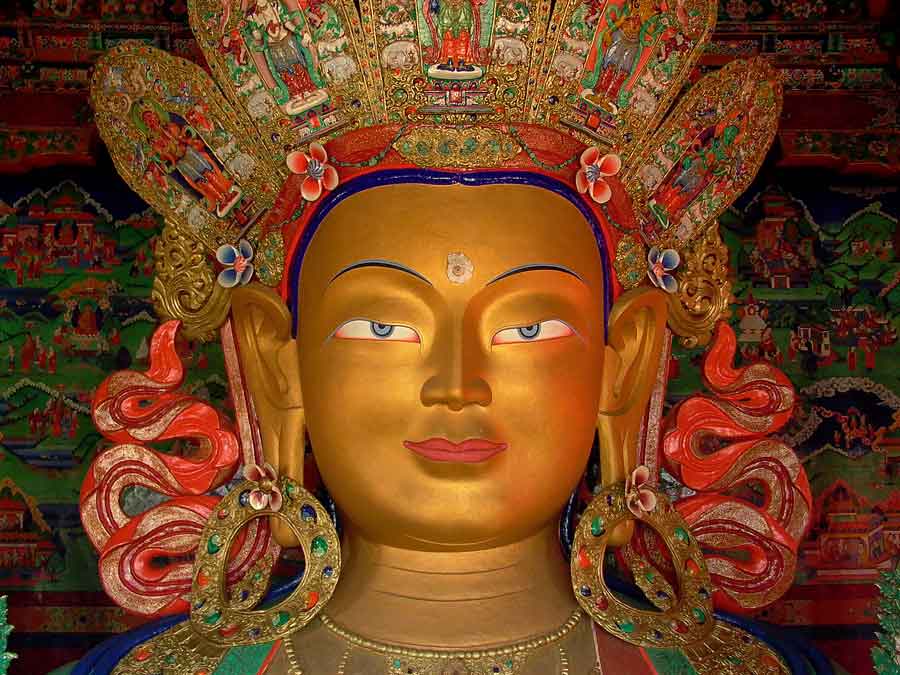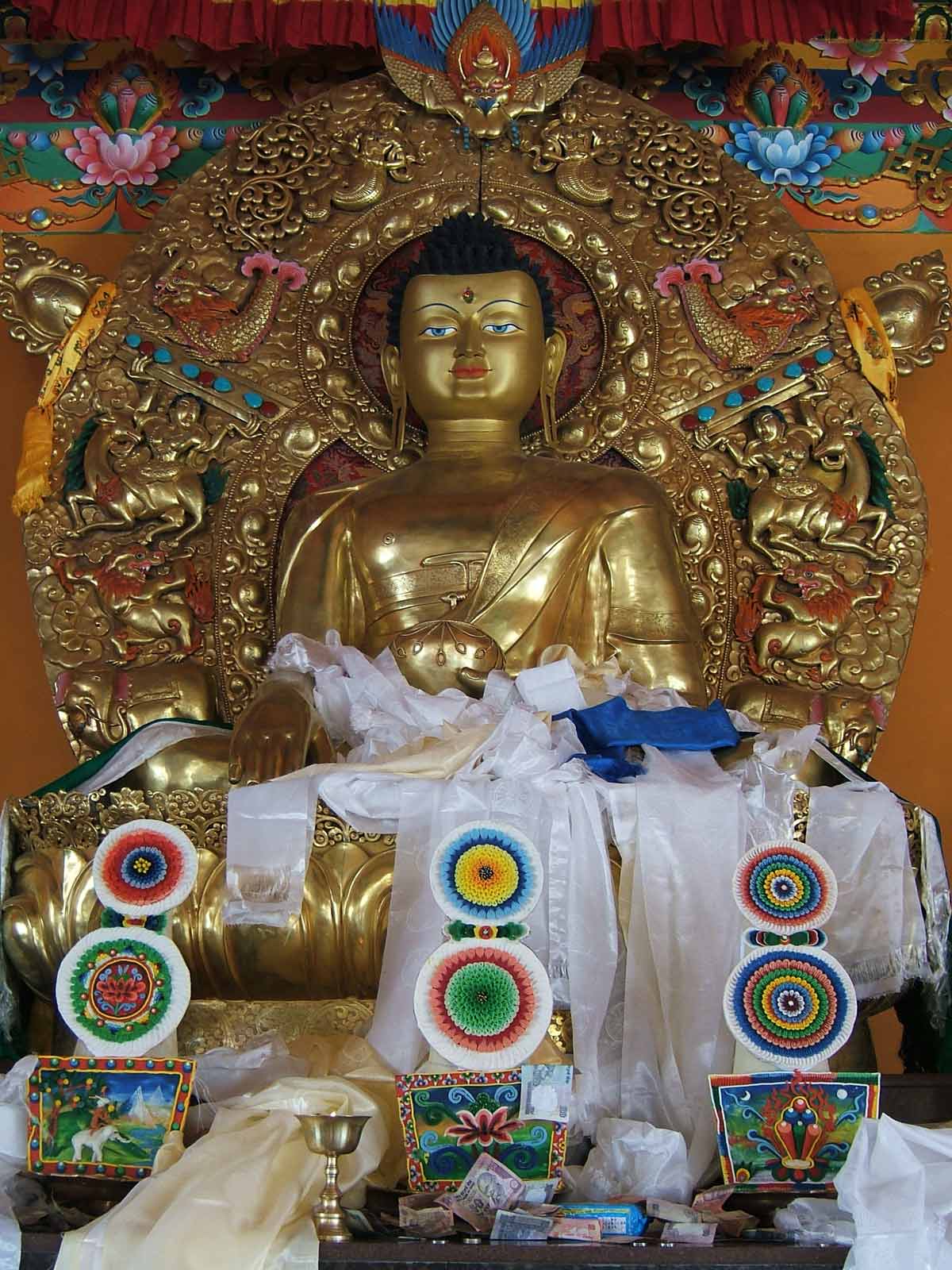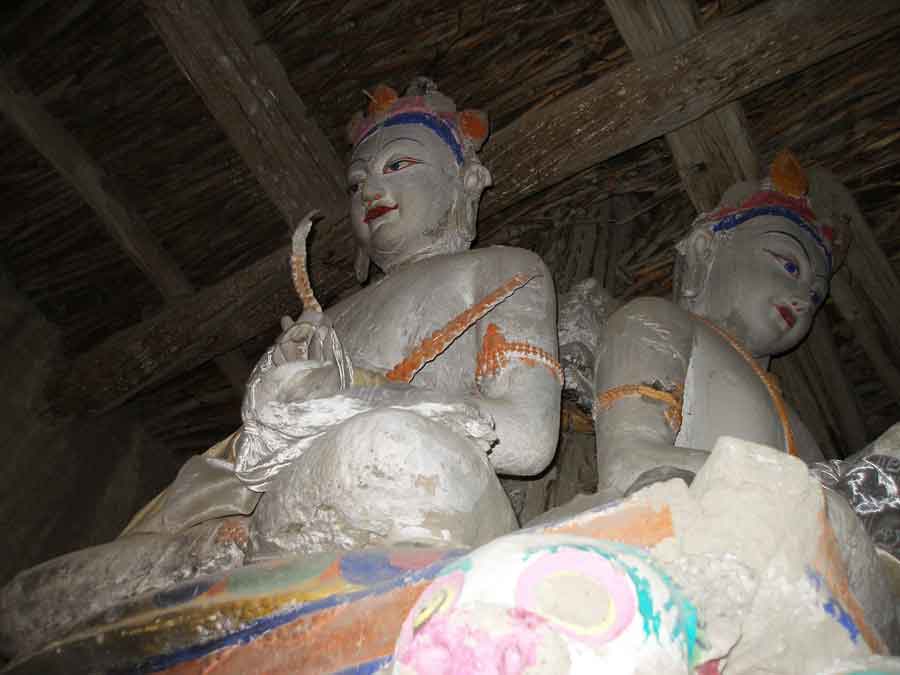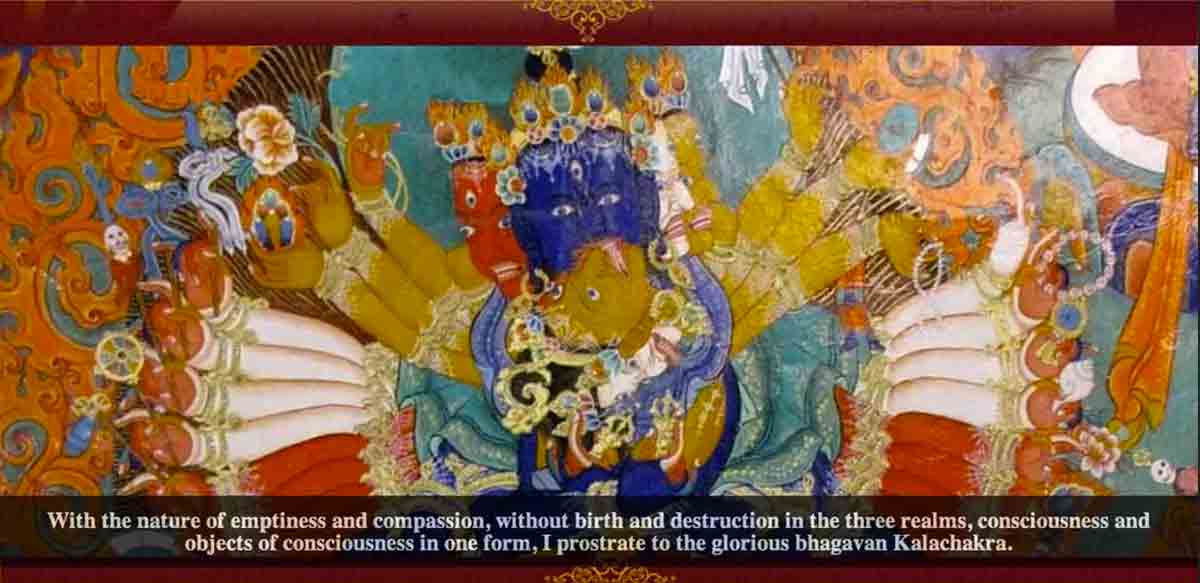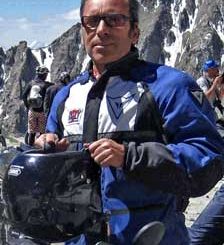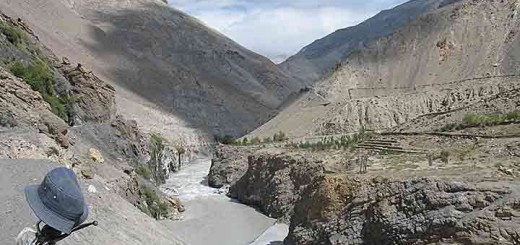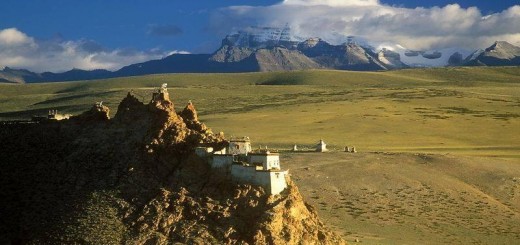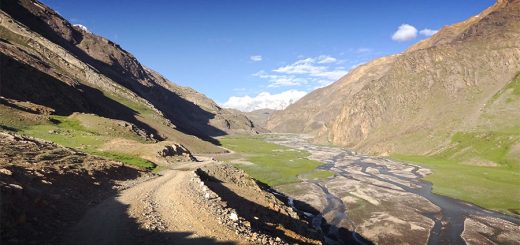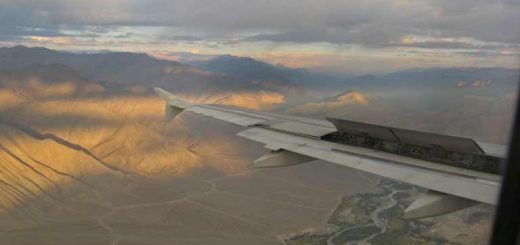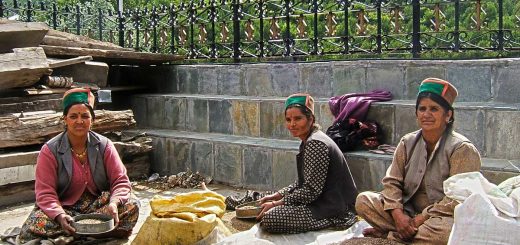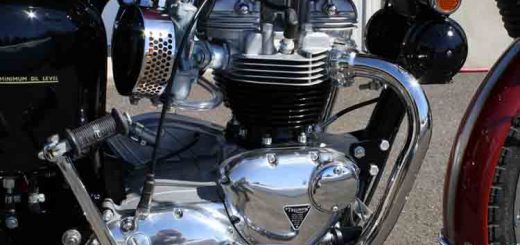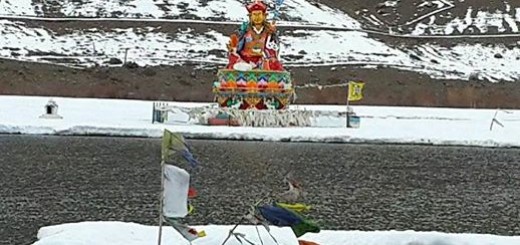Tibetan Buddhist Gompas
Gompas or Gönpas (Tibetan: དགོན་པ།, dgon pa “remote place”, Sanskrit araṇya), also known as ling ( gling)
The designs and interior details of gompas vary from region to region, they all have a central prayer hall furnished with a Buddha statue and benches that nuns or monks use to engage in prayers. A gompa is a meditation room where practitioners meditate and listen to teachings.

Thiksey Gompa
Gompas are often found in prominent positions on hill or mountain tops, overlooking the Indus valley like Thikse Gompa, near Leh in Ladakh.
The largest gompa in central Ladakh, it contains a separate set of buildings for female renunciates.
Kaza Tenggyu Gompa
The steps are crowded with monks and nuns and local Spiti people as on this occasion H.H. The Dalai Lama gave an initiation here.

HH The Dalai Lama Teaching
H.H. the Dalai Lama delivers religious teaching and Avalokiteshwara initiation (chenresig wangchen) on July 11th and 12th 2009 at the Karzey (Kaza) Tenggyu Monastery.
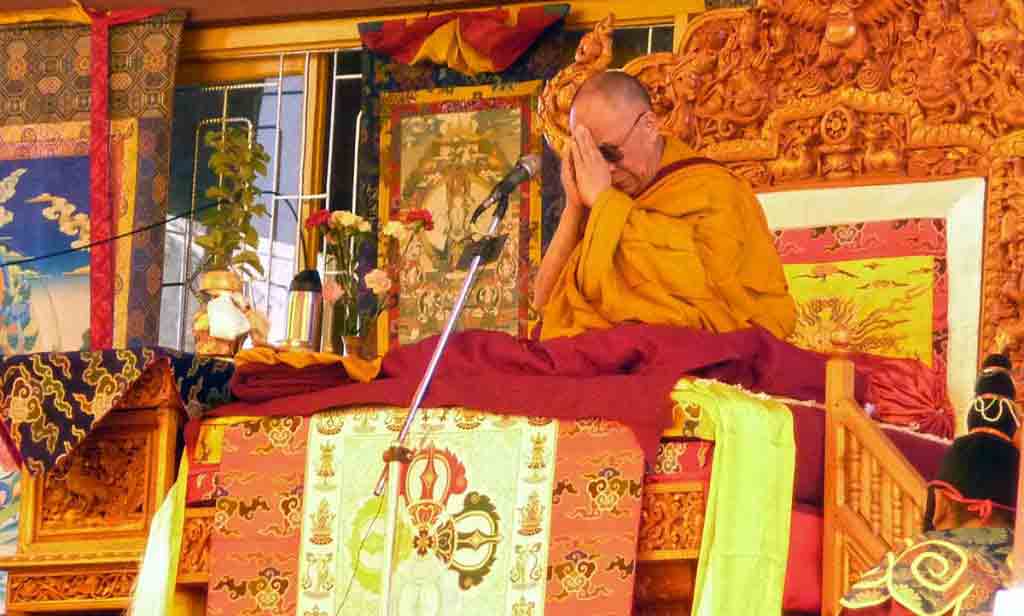
Namgyal Tsemo Gompa
Founded in 1430 by King Tashi Namgyal of Ladakh, it has a three-story high gold statue of Maitreya Buddha and ancient manuscripts and frescoes. It is situated near the Tsemo Castle.
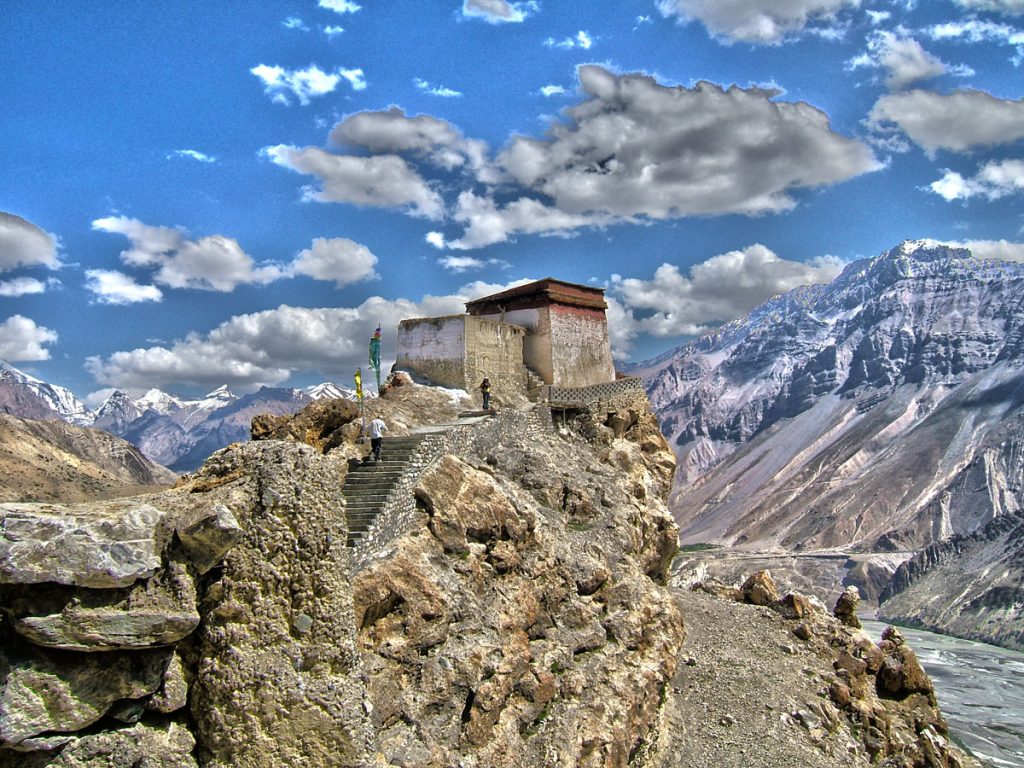
Lamayuru Gompa
Lamayuru is one of the largest and oldest gompas in Ladakh, with a population of around 150 permanent monks resident. It has, in the past housed up to 400 monks, many of which are now based in gompas in surrounding villages.
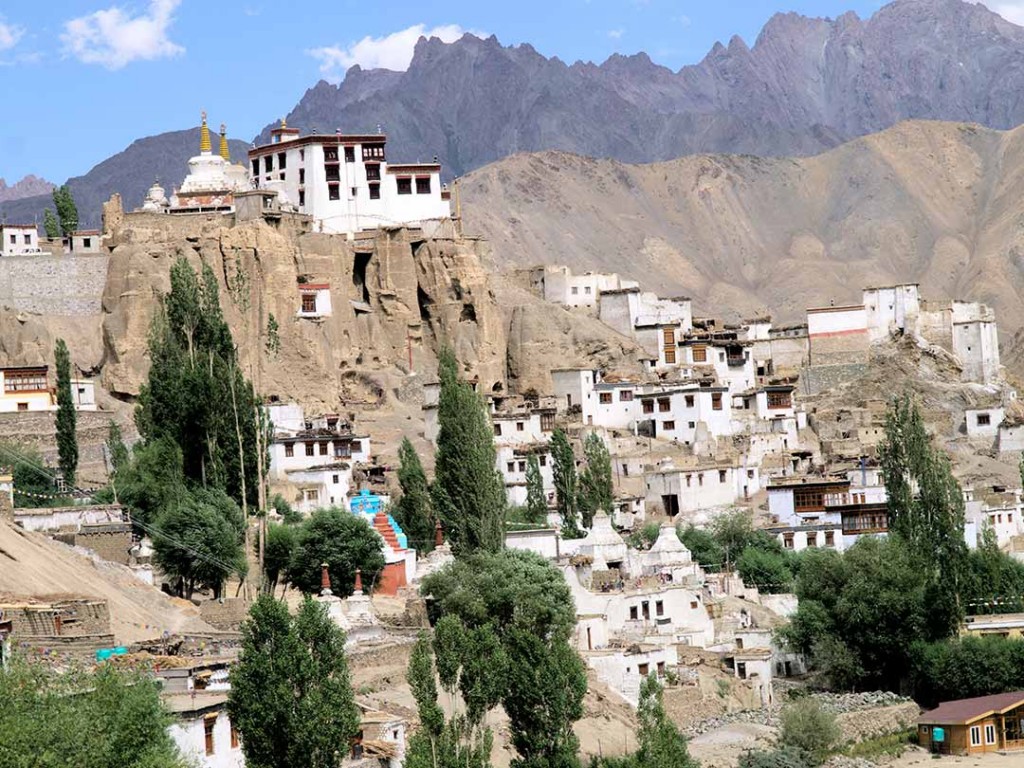
Maitreya Buddha near Diskit Nubra Valley
This statue and adjacent Gompa was built to create a place where the Dalai Lama gave the Kalachakra Initiation to thousands of monks. Lay people were also allowed to attend.

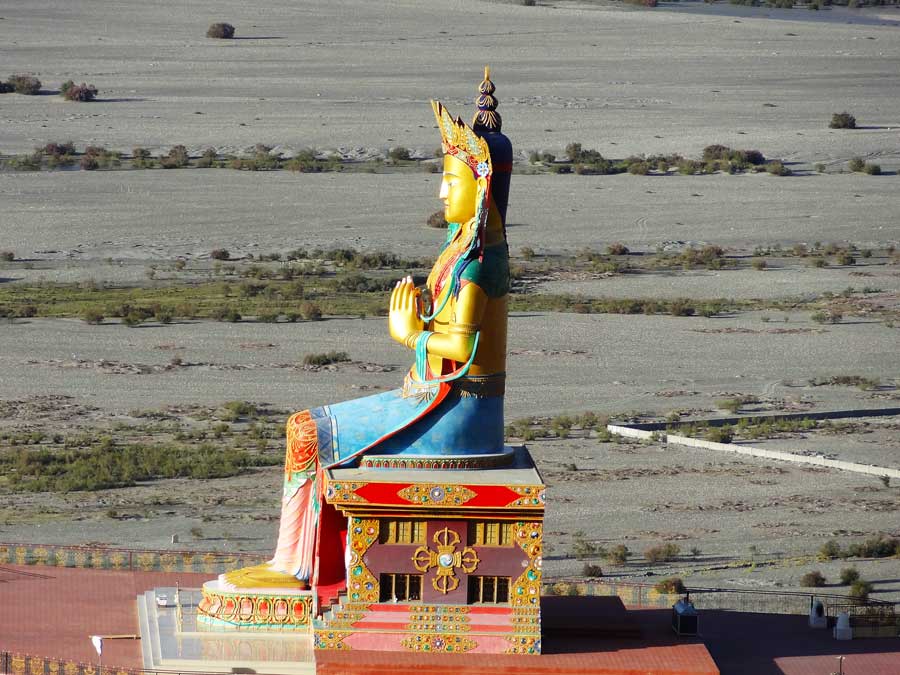
This is a close up picture of the 32 metre statue of Maitreya Buddha near Diskit Monastery facing down the Shyok River towards Pakistan.
Some Gompas are hidden in remote valleys, as is the case of Hemis Gompa, Indus river valley Ladakh.
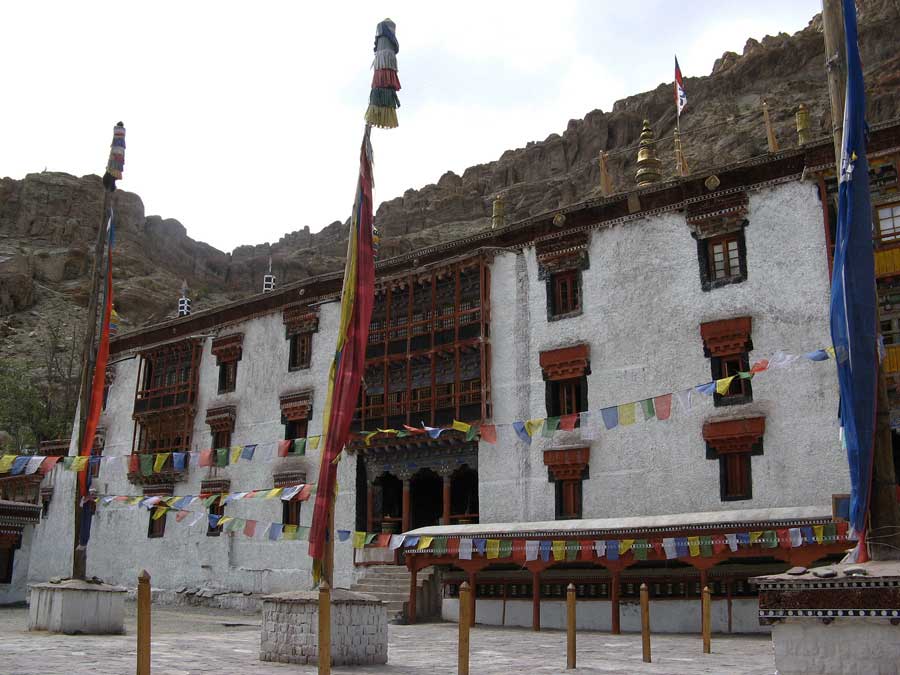
Hemis Gompa has over 500 monks and every 12 years hosts a festival celebrating Padmasambhava with monk dances and the unfurling of a 12 metre Thangka. To reach Hemis the road winds up a side valley and the huge Gompa is hidden from view from the Indus valley.
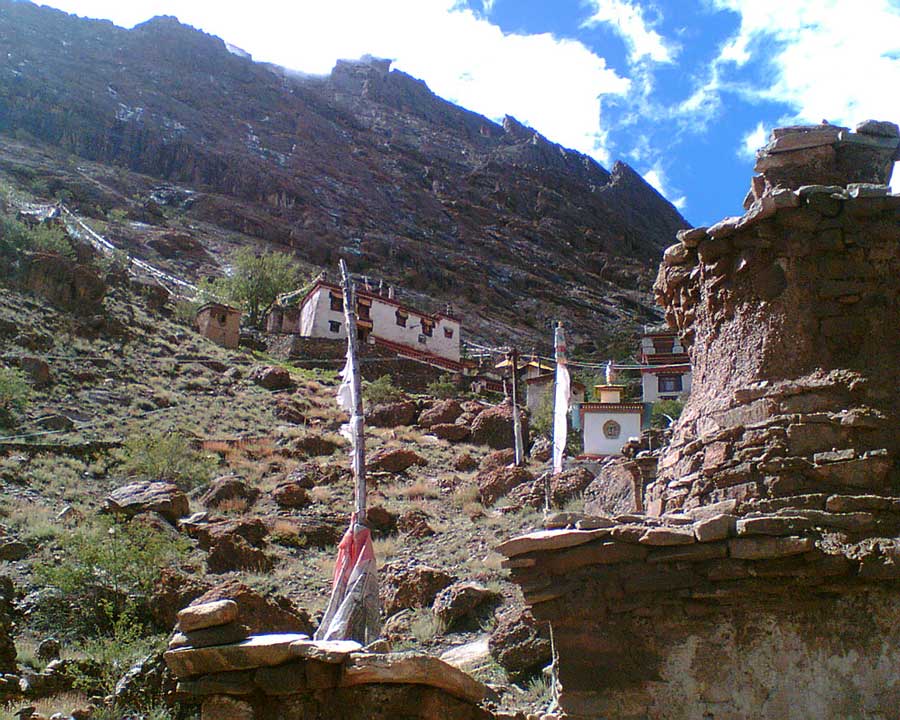
Above Hemis, there is an older Gompa called Gotsang which is well hidden in a side valley branching off the Indus river valley. On the valley opposite here there are retreat abodes where monks and nuns can do long retreats of up to 3 years, 3 months and 3 days. They need permission from their Lama to begin a retreat such as this.
Gompa Library
Inside the old Nyingmarpa Gompa at Kungri is a library of Long loose-leaf texts. Kept piled up in category in a special space on the Gompa wall, they are wrapped in cloth and are bundled between wood in volumes.
There are two primary collections of works: the Kanjur, the translated Teachings of the Buddha, and the Tenjur (Tibetan: bstan ‘gyur), the ‘translated commentaries’.




